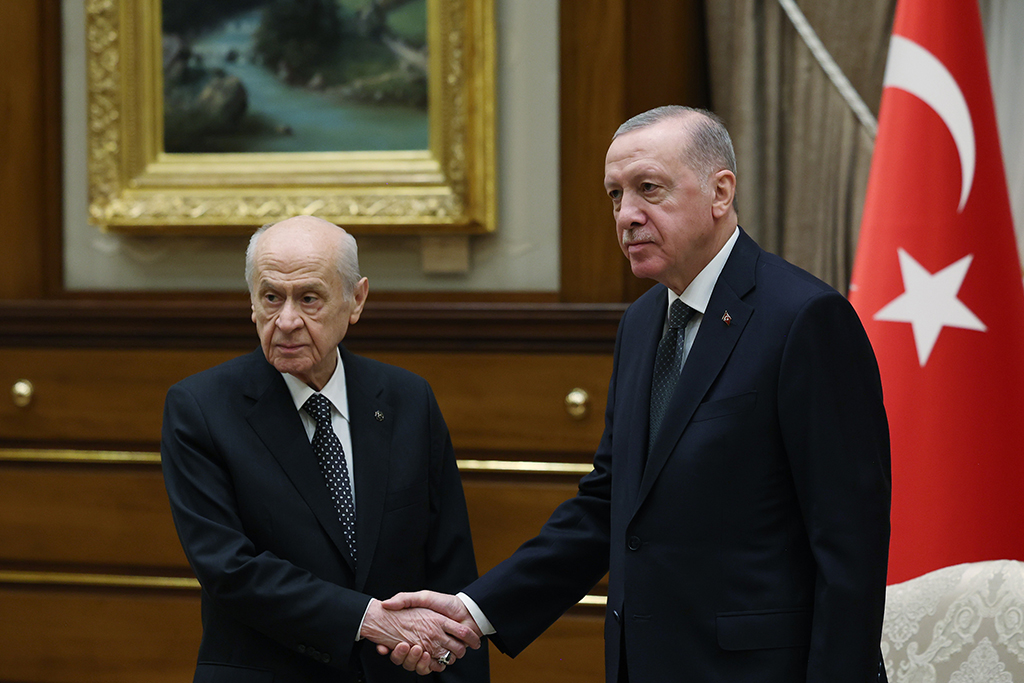In the wake of the U.S. withdrawal from Iraq, the strategy that regional forces adopt will determine the future of the occupation in Iraq.
On Jan. 26, 1998, many of those who launched the Project for the New American Century – including Donald Rumsfeld, Paul Wolfowitz, Dick Cheney, Jeb Bush, Francis Fukuyama, Zalmay Khalilzad, Elliott Abrams, William J. Bennett, Eliot A. Cohen and Donald Kagan – demanded that President Bill Clinton occupy Iraq. These same individuals came to power during the George W. Bush administration and occupied Iraq in 2003. They summarized the Project for the New American Century under four headings:
i. We need to increase defense spending significantly if we are to carry out our global responsibilities today and modernize our armed forces for the future; ii. We need to strengthen our ties to democratic allies and to challenge regimes hostile to our interests and values; iii. We need to promote the cause of political and economic freedom abroad; iv. We need to accept responsibility for America’s unique role in preserving and extending an international order friendly to our security, our prosperity, and our principles. On Dec. 15, 2011, the U.S. withdrew its final troops from Iraq under the terms of the U.S.-Iraq Status of Forces Agreement and accordingly put an end to its military presence in Iraq. Nevertheless, this does not necessarily mean that the U.S. occupation of Iraq has ended. Instead, it indicates that the Project for the New American Century – which was suspended following the developments with regard to Iraq in 2007 – has officially ended. Meanwhile, it was the occupation of Iraq that sowed the seeds for the wave of Middle East uprisings and political ruptures. If we focus on the economic and military costs incurred by the U.S. and interpret the American occupation from the illusionist perspective of the liberal-left discourse, then we can say that the U.S. lost in Iraq. However, these costs are incidental according to the U.S. This occupation brought to the surface each and every ethnic and sectarian identity, and they began to crash with each other. Moreover, regional forces that make their geopolitical plans according to ethnic-sectarian lines emerged. In the wake of the U.S. withdrawal from Iraq, the strategy that regional forces adopt will determine the future of the occupation in Iraq. The ethnic-sectarian fault line awakened by the occupation of Iraq is not an opportunity for regional power balances; rather, it is a trap. Every geostrategic approach with regard to this fault line will be short-lived and devastating. The Project for the New American Century was bogged down in Iraq. Similarly trying to develop a political strategy through the geopolitical gap and side-effect of these projects will come to a dead end. It is absolutely certain that efforts toward gaining ethnic-sectarian depth through proxy wars in the political gap left by the occupation of Iraq will have similar regional costs to those stemming from the U.S. occupation. Although the Dwight Eisenhower administration withdrew from Korea – which was divided into two separate states in the wake of the first hot proxy conflict of the Cold War – in 1953, South Korea only attained stability after the 1987 elections – 35 years after the U.S. withdrawal. In this vein, the responsibility to prevent Iraq from succumbing to the same fate falls on the shoulders of not only Iraqi actors but also on other regional actors.![]()









